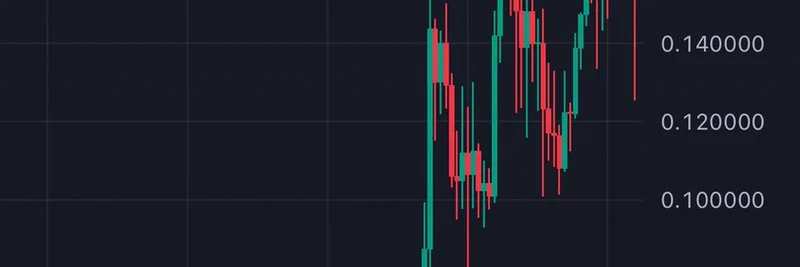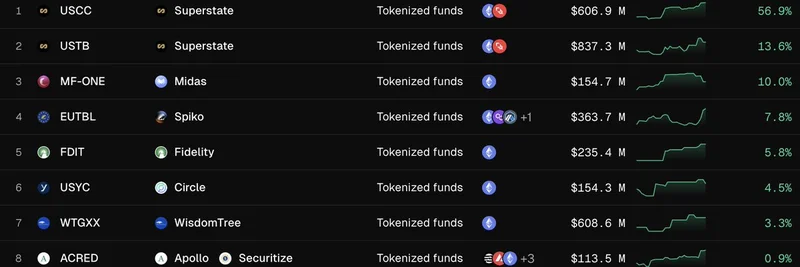In the fast-paced world of blockchain, new projects pop up all the time, but few stand out like Sidra Chain. Recently, BSC News shared a tweet highlighting what makes @sidrachain unique, linking to their in-depth analysis. As someone who's navigated the crypto waters from CoinDesk to now focusing on meme tokens at Meme Insider, I couldn't resist diving in. Let's break it down in simple terms, especially for those new to the space.
The Core Technology Behind Sidra Chain
Sidra Chain is essentially a fork of Ethereum, meaning it builds on Ethereum's foundation but adds its own twists. It uses Proof-of-Work (PoW) as its consensus mechanism – that's the same system Bitcoin relies on, where miners solve complex puzzles to validate transactions and secure the network. But here's the cool part: Sidra makes mining accessible via a mobile app. No need for fancy, energy-guzzling hardware; just complete KYC (Know Your Customer) verification, and you're in. This democratizes mining, opening it up to everyday users.
What really sets it apart is its focus on Shariah compliance. In Islamic finance, principles like avoiding riba (interest), gharar (uncertainty), and haram (forbidden) investments are key. Sidra integrates tools like Sukuk (Islamic bonds) and Murabaha (cost-plus financing), ensuring transactions align with these ethics. For blockchain practitioners, this means a platform where transparency meets religious adherence, all recorded on a public ledger.
Ecosystem and Features: Building for the Future
The Sidra ecosystem isn't just a blockchain; it's a full suite. There's the Sidra Chain Network for decentralized transactions, Sidra Bank for digital financial services, and even SidraClubs for global expansion. These clubs handle everything from licensing to Shariah certification, making it easier for communities worldwide to adopt the tech.
One standout feature is KYCPORT, which bakes KYC right into the smart contracts. This boosts security and compliance, using cryptography to protect transactions. Scalability-wise, Sidra promises lower fees than Ethereum's notorious gas costs, though it's still early days with a smaller user base.
Looking at future plans, Sidra aims to integrate more ethical apps, like halal supply chains and cross-border payments. They're also tackling app glitches to improve user experience, targeting growth in Islamic markets.
Tokenomics: All About SDA
The native token, SDA (Sidra Coin), powers the network. With over 780 million in circulation, it's used for fees, mining rewards, and transactions. Interestingly, they've burned 19.5 million tokens for zakat (charity), aligning with Shariah principles. While SDA itself isn't a meme token – as clarified in community discussions – the Sidra ecosystem is home to fun projects like HeroPanda, a utility meme token built on Solana's tech but tied to Sidra. This blend could appeal to meme enthusiasts looking for viral potential in ethical crypto.
Why This Matters for Meme Token Fans
At Meme Insider, we're all about meme tokens that capture the zeitgeist, but Sidra Chain offers a fresh angle: a serious blockchain with room for playful elements. Imagine meme tokens that are Shariah-compliant – it could open doors to new audiences. The BSC News analysis notes the project's bold choices, like mobile PoW, which could inspire meme devs to build on it.
Of course, like any project, there are skeptics. Some replies to the tweet called it a "scam" or questioned updates, but that's par for the course in crypto. Always DYOR (Do Your Own Research) – check out the official app on Google Play or community forums for the latest.
Sidra Chain's uniqueness lies in bridging traditional Islamic finance with modern blockchain tech, potentially fostering a new wave of inclusive, ethical innovations. Whether you're into memes or serious DeFi, keep an eye on this one – it might just surprise you.


